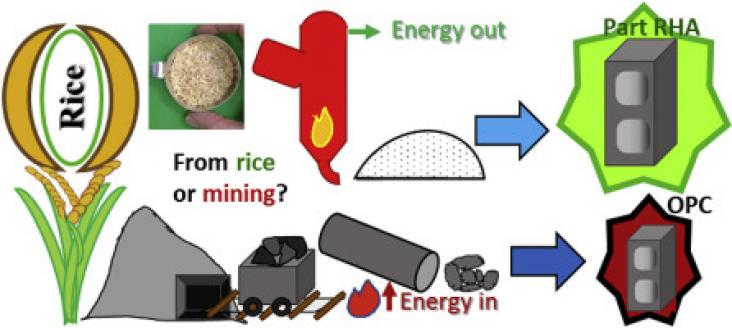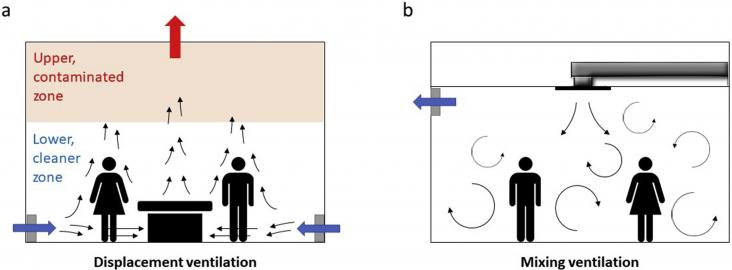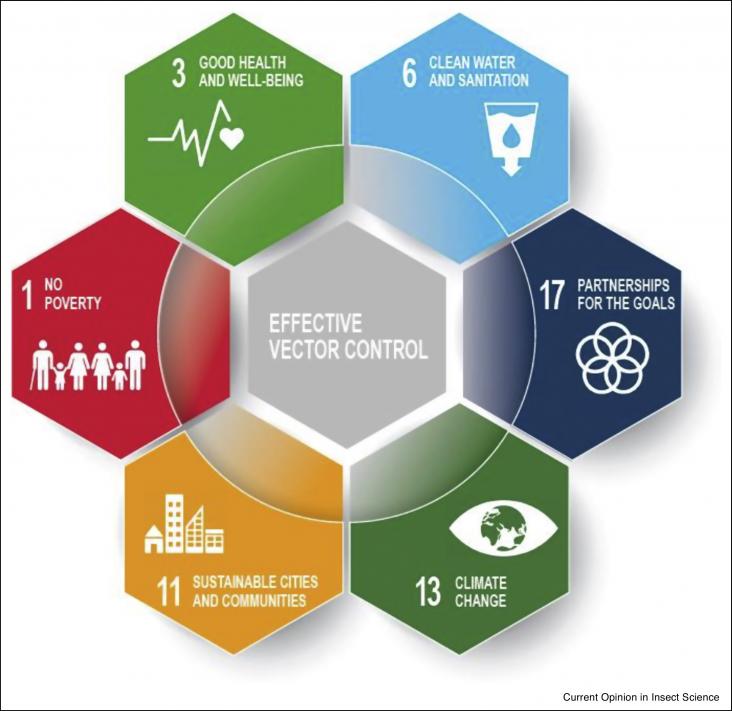
After water, concrete is the second most used material in the world. Using life cycle assessments, concrete has typically been found to be 80% of a residential building by weight.
The article examines a number of ways in which the use of artificial intelligence technologies to predict the performance of individuals and to reach decisions concerning the entitlement of individual
Solar light-driven water splitting provides a promising way to store and use abundant solar energy in the form of gaseous hydrogen which is the cleanest chemical fuel for mankind; therefore this field
CeO2 shows unique catalytic properties by an acid–base bifunctionality as well as redox properties.
Manufacturing challenges are anticipated to become worse in the coming decades owing to global material and energy constraints combined with environmental issues associated with conventional processes
This special issue explores the influence that insects and other invertebrates have on ecosystem services and the Sustainable Development Goals (SDGs), and makes a case for insect science to promote a sustainability science approach.

Within a time span of only a few months, the SARS-CoV-2 virus has managed to spread across the world.

Viral diseases transmitted by mosquitoes, known as arboviruses, pose a significant threat to human life and are a major burden on many health systems around the world.
